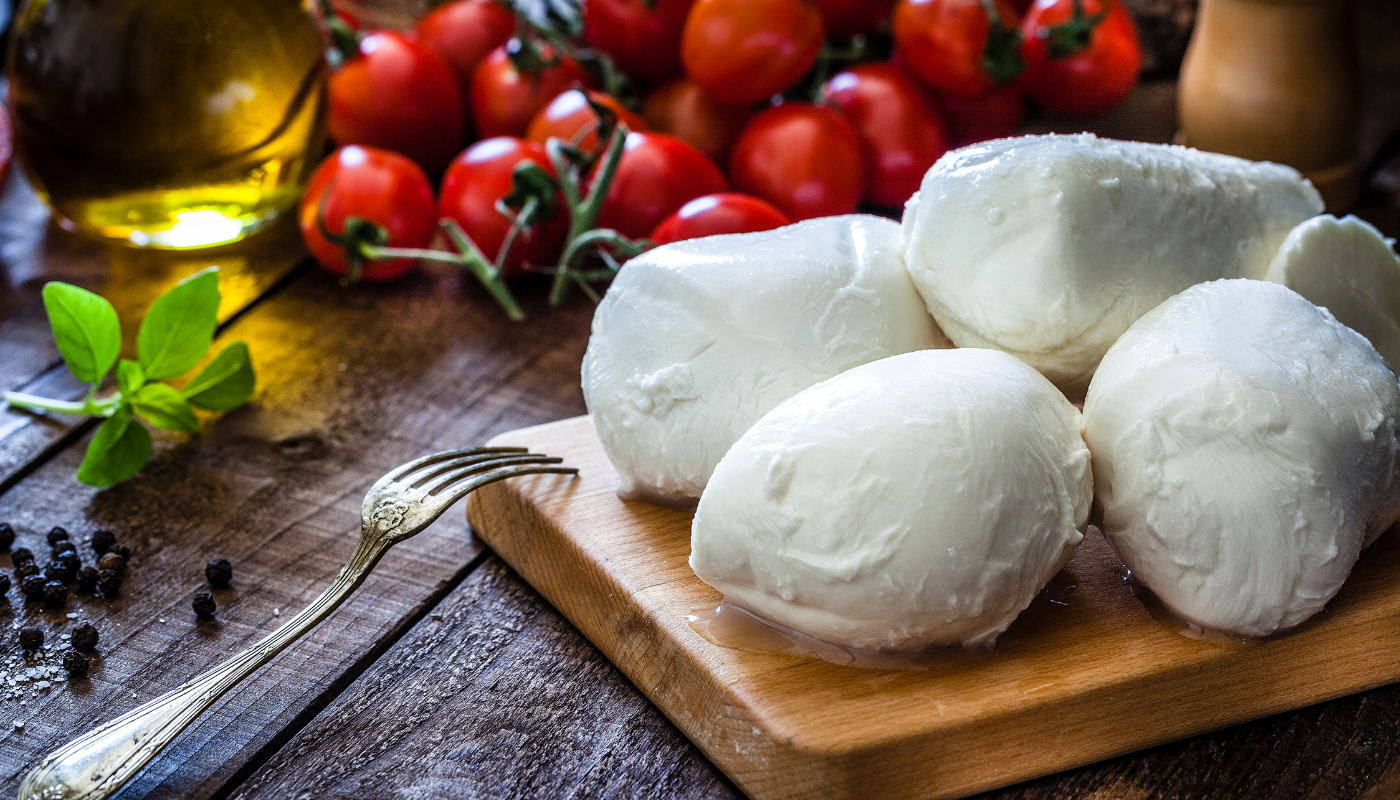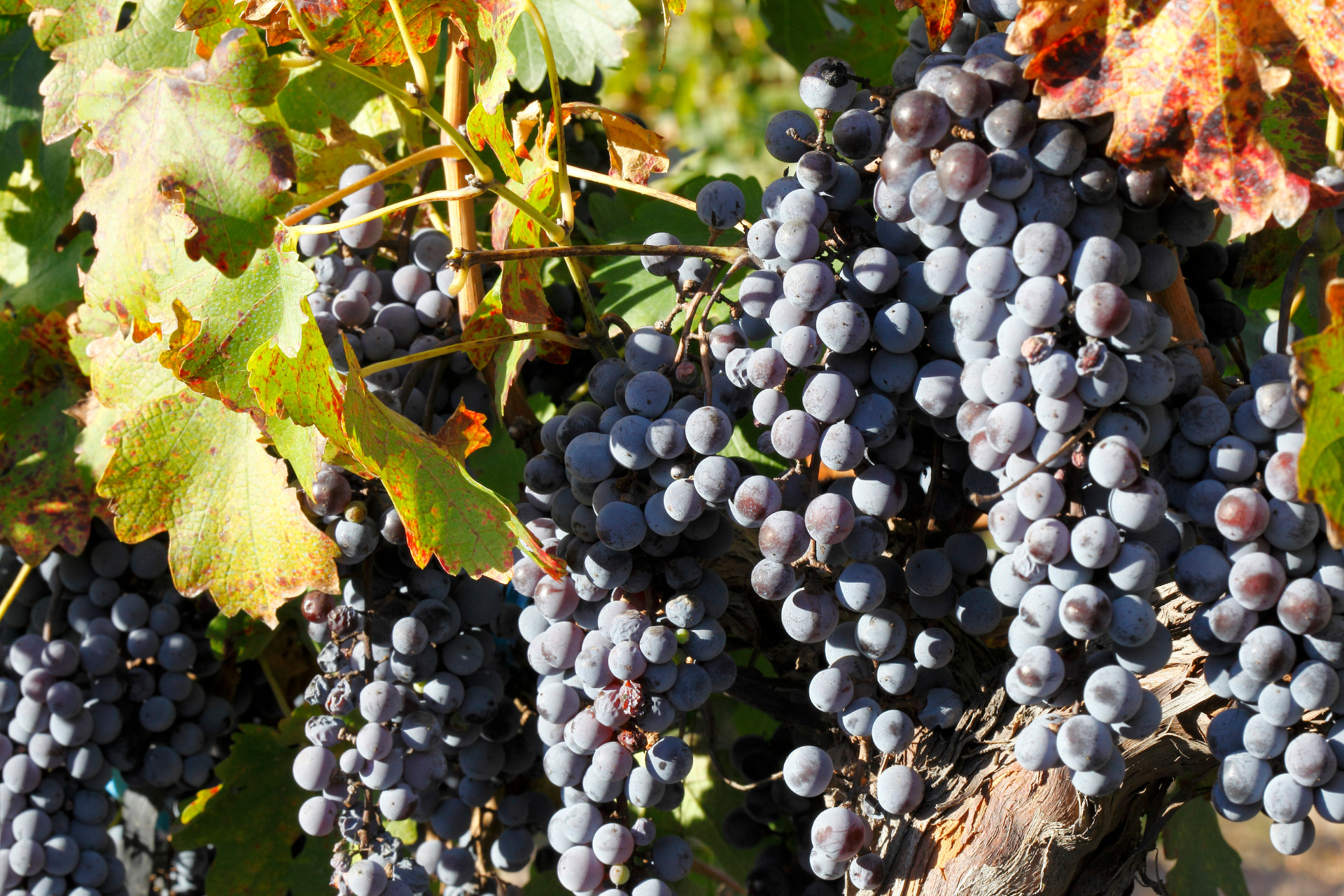Pairing wine with cheese is both an art and a science.
The goal is to create a balance where the wine complements the texture, flavour, and richness of the cheese.
Let’s look which wines work best with specific types of cheese, and why.

Pairing wine with cheese is both an art and a science.
The goal is to create a balance where the wine complements the texture, flavour, and richness of the cheese.
Let’s look which wines work best with specific types of cheese, and why.
Hard cheeses are aged, resulting in a firmer texture and concentrated flavours, often nutty, salty, and umami-rich.
These characteristics pair well with wines that have bold or robust flavours.

Soft cheeses are creamy, mild, and buttery, often with a delicate, earthy rind.
The richness of these cheeses pairs best with wines that cut through their fat content and enhance their subtle flavours.
Blue cheeses are pungent, salty, and tangy, with a strong flavour that demands a wine capable of balancing their intensity.
The best matches either contrast the saltiness with sweetness or complement the boldness with equally robust wines.
Semi-hard cheeses are versatile, with a range of flavours from mild and creamy to caramel-like and nutty.
Washed-rind cheeses often have a savory, earthy aroma.

Fresh cheeses are light, tangy, and often slightly salty, with a delicate, creamy texture.
These cheeses pair well with crisp, acidic wines that complement their freshness.
Smoked cheeses have a bold, smoky flavour that pairs well with wines that can match or complement their intensity.

By considering the characteristics of both the wine and the cheese, you can create pairings that enhance and elevate the experience of both.



All Rights Reserved | Wine and Cheese Affair
Proudly Powered and Managed by Kaptol Media